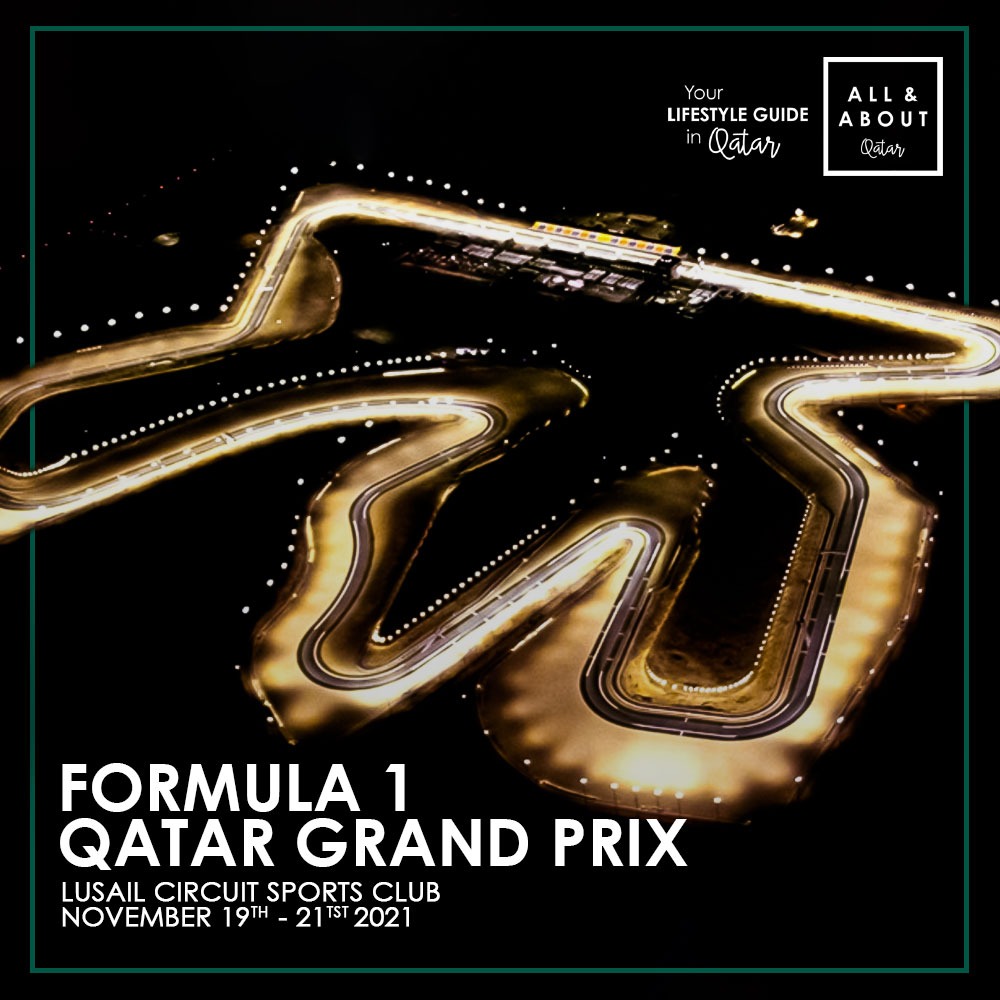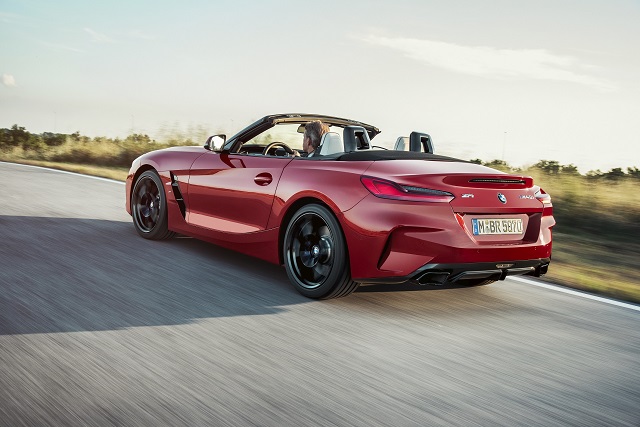From the vantage point of the brand new Range Rover Sport SVR’s cockpit, life looks more than good. This is, afterall, an SUV that JLR proudly proclaims: “the fastest, most powerful and most dynamically focused Land Rover ever produced.” (Interesting that they went with “Land Rover” there— hardly seems necessary, but I suppose it’s meant to remind us that this is, ultimately, one big happy family of SUVs). This is a Range Rover though, so it’s no slouch in the comfort department, except that it boasts the least comfortable seats in the contemporary Land Rover line.

The new flagship Range Rover Sport SVR puts enhanced focus on the performance of the most dynamic model in the Range Rover family, engineered to complement the core range using all the knowledge and expertise of Jaguar Land Rover’s Special Vehicle Operations (SVO) division. Under the bonnet, the 5.0-litre supercharged V8 engine is the most powerful in the brand’s history, producing 575PS and generating an impressive 700Nm of torque. That’s a hike of 25PS and enough to power the Range Rover Sport SVR from 0-100km/h in just 4.5 seconds.
Coupled with enhancements to the chassis, the new SVR delivers more dynamic handling without compromising its traditional comfort. The engineers at SVO focused on controlling pitch under heavy acceleration and braking, and changes to the damping hardware have improved turn-in, mid-corner grip and body control. In addition to the enhanced driving experience, SVO has provided new visual cues to the model’s performance potential. The bonnet is a unique carbon fibre composite design for the first time, with integrated cooling vents that transform the front aspect of the vehicle. Its purposeful profile transforms the SVR’s appearance and its lightweight construction delivers genuine dynamic benefits by reducing weight over the front axle.

Customers can also choose a unique paint option that leaves the central section of the new bonnet’s carbon fibre weave exposed, creating an arresting high-performance aesthetic. Prominent new detailing on the front grille also catches the eye, while the side fender vents are finished in Gloss Black. Greater use of body-coloured detailing at the rear and the presence of an SVO badge in place of the Land Rover oval also help to mark out the SVR as something very special. A new front bumper design provides a discrete change to the SVR’s assertive appearance, with changes designed to improve brake cooling. All-new brake pads and discs provide enhanced performance at higher temperatures, ensuring the braking system is more resistant to fade during dynamic driving.
The SVR is available with 21-inch alloy wheels, while a new 22-inch lightweight performance alloy design is also available in two colour finishes.
These changes can be complemented by a series of additional design packs – most notably, the Carbon Fibre Exterior Pack, which incorporates tasteful detailing to the front bumper, grille, fender vents, mirror covers and tailgate. Cabin changes build on the enhancements to the core model with a sharper focus on driver and passenger comfort, allied with higher specification materials and finishes.

From SVR-branded treadplates that illuminate as the driver climbs aboard, to the feel of the aluminium sports pedals beneath the driver’s feet, the improvements are aimed at enhancing every element of the driving experience. Supportive new lightweight Supersport seats create an athletic silhouette and provide exceptional comfort on long journeys. They also deliver a significant 30kg weight saving over the core seat and are heated in the front and rear as standard.
Finished in high-quality perforated Windsor leather, the revised designs reflect the model’s status as the ultimate high-performance luxury SUV. Seat backs finished in satin black with an embossed SVR logo on the headrests also leave no doubt about the SVR’s exclusivity. The new seats also liberate more rear legroom and create the impression of a cosseting four-seat interior, while retaining flexible five-seat capability.

By contrast,, the barely padded thrones of a vintage Defender will basically rattle your posterior off (I spent a chunk of my childhood riding in one) but of late the brand has been given to more rarified levels of upholstery. I say boast because these bum-huggers serve a clear purpose and, it’s not that the seats in the SVR are bad, it’s that they’re track ready buckets designed to hold your frame in place when you’re pulling serious G’s. Yes they’d be a tad confining for the nursery school run, unless you expect to unleash the fury of the SVR when lil’ boopsie is late for story time— but aside from price tag and fuel consumption, this is an otherwise uncompromising vehicle.
For instance, even though you sacrifice ease of egress and ingress, and might feel a little pinched after a few hundred km, the all important driver’s seat offers full 16-way electric adjustment. There’s all the fine leather, turned aluminium trim (carbon fibre is optional) and tech you’d expect in a vehicle dreamed up by the already luxurious (read special) brand’s Special Vehicle Operations— but I think we’re all here for something else: the power plant and driving dynamics.
This is an SUV of almost cartoonish ability— it handles date night, off-roading, and the track with equal measures of proficiency. Sure, the owner who takes time out to practice all three in the car might be far and few in between (let’s face it, most of these beasts will be babied and coddled in warm garages) but leave it to our region to provide a few ambitious outliers. We didn’t take the SVR out on the dunes but I expect the SVR would fare about as well as the Range Rover Sport, as the ride height is precisely the same, and can be adjusted from 50mm in “access mode” up to 235mm for the trail or sands.

This is where the inevitable bias of personal experience weighs against unabridged reporting— I’ve already had the pleasure of putting a Range Rover through the paces off road, and at a more substantial program. The SVR though, could be reviewed solely as an off-road vehicle and still merit a few pages of detailed coverage. This is not going to be that piece, not with that supercharged V8 so severely under-utilized for this type of driving. But then, the car’s trail credentials are an important part of the SVR’s specific context, as we need to remember that, while the SVR is many things, lightweight is not one of them at 2495 kg.
JLR didn’t skimp on the off-road kit, as the four-wheel-drive system retains a low-range transfer case, lockable center differential, active roll-control system, air suspension, and wheel travel that matches the non-SVR version. Despite all of which, the Whitley car-maker reports that the SVR has netted the fastest lap time in its segment on the Nürburgring Nordschleife, at 8:14. That’s :20 better than the Porsche Cayenne Turbo and, excuse the drool, an utterly jaw dropping feat.
To be honest, even after enjoying the SVR on track, I was still surprised that it’s faster than, for instance, the X6. This isn’t because the SVR feels slower, but because it simply presents as a larger car. In fact BMW are already claiming that the X6 M will post faster times— but that is, for now, just talk.
While the X6 drives more like a puffed up saloon, the SVR feels large and in charge, with brutal straight line acceleration more akin to say, Hellcat. Like that other fiery kitty (not to be confused with Jag’s bonkers F-Type R— more on that soon) the SVR is never shy about acknowledging its considerable mass, it just gives you an incredible set of tools to more or less feel like you’re defying gravity, dabbing the brakes, and swinging into the turns like Tarzan atop the world’s poshest vine.
What you think about the new SVR? Comment below.
By Adel Habib
Source:Maqina Online






Leave A Comment
You must be logged in to post a comment.